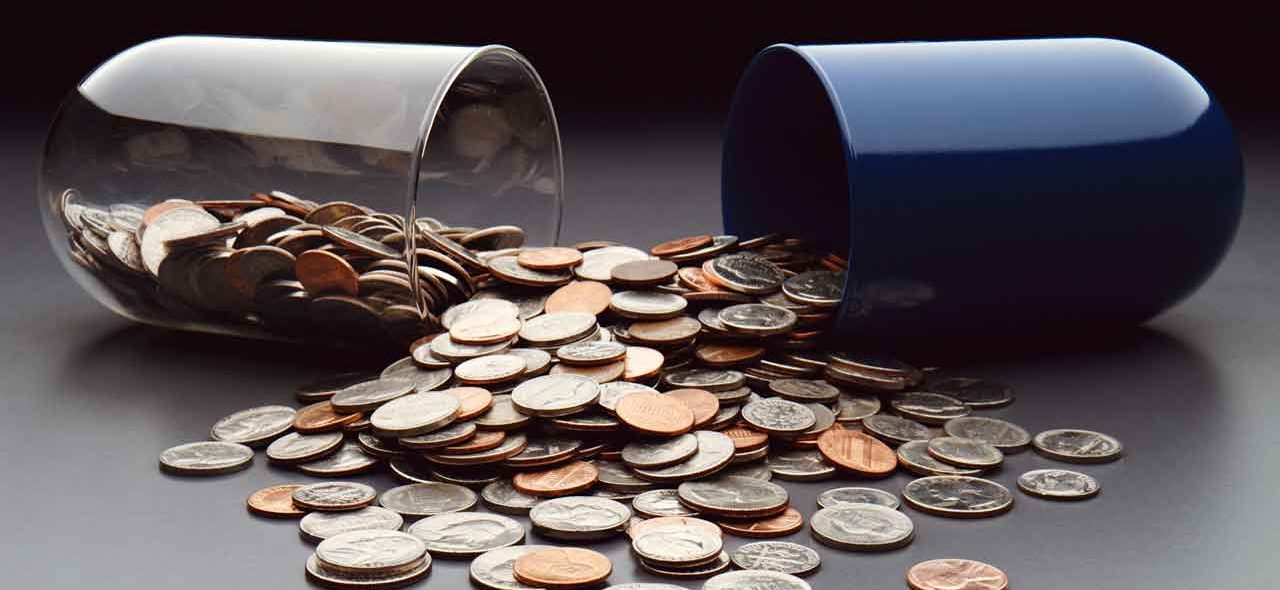Americans Get Less Healthcare at Higher Cost

Americans spend more on healthcare yet get the worst results of any high-income nation. Some people don’t even get the care they need. Here’s what you should know.
It’s possible to get excellent medical care in the United States.
Yet the nation’s health ranks low, compared to other high-income countries like Canada, Germany, and Japan. It’s largely because American healthcare is more expensive and harder to get.
YOU MIGHT ALSO LIKE: Our Price Transparency in Healthcare section
The United States has a shortage of primary care doctors and hospital beds, and people see doctors less often than they should. They are more likely to live with several chronic conditions and have high death rates for avoidable or treatable illnesses, according to a report from the nonprofit Commonwealth Fund that compared U.S. data to the average for 38 high-income countries.
At the same time, the nation spends more per person on healthcare than any other country, and the totals are soaring. Healthcare consumes nearly 18 percent of the U.S. gross domestic product, or GDP. The Japanese, by contrast, spend only 11 percent of their GDP on healthcare; Canadians spend 11.7 percent.
Insurance companies don’t cover all of those costs. Americans spent $1,225 out of pocket in 2021 on average, compared to $625 in the Netherlands.
Will you get better if you spend more?
Take cancer, for example. The U.S. healthcare system spent more than $200 billion on cancer in 2020. Substantial numbers of patients — from 12 to 62 percent — fell into debt.
But Americans pay more for less. Compared to Sweden, Italy, Canada, and Austria, the United States spent as much as $5 million more for every life saved. After adjusting for the number of smokers, the U.S. cancer death rate was higher than that of nine other countries, all of which spent less.
For cervical cancer, the five-year survival rate has been lower in the United States than in France, Japan, the United Kingdom, Denmark, and Australia. For colon cancer, the United States also falls behind the United Kingdom and Japan.
The U.S. system does well at treating breast cancer, but not by a big margin.
Other sobering trends
- Infants and mothers are more likely to die at birth in the United States than in other high-income countries.
- The rate of suicide is higher than in other wealthy nations except for Korea and Japan.
- The U.S. obesity rate, a risk factor for many illnesses, is double the average.
In 2020, three in 10 U.S. adults surveyed said that they had been diagnosed with two or more chronic conditions, from a group that included asthma, cancer, depression, diabetes, heart disease, or high blood pressure. That rate was nearly twice as high as France’s and more than any of the other countries studied.
What should the U.S. do?
The U.S. system does a good job of keeping people from dying in hospitals from heart attacks or strokes and providing mammograms, colonoscopies, and adult flu shots.
But people need more care.
“A first step toward improvement is ensuring that everyone has access to affordable care. Not only is the U.S. the only country we studied that does not have universal health coverage, but its health system can seem designed to discourage people from using services,” the Commonwealth authors note.
They recommend better prevention and management of chronic conditions and cost containment. Administrative costs are part of the burden. In the United States, doctors and patients waste countless hours on billing and insurance claims.
The U.S. Department of Health and Human Services has listed its goals for improvement, such as increasing the number of:
- Adults who get eye exams
- Teens who see a doctor every year
- People with arthritis who get counselling on exercise
- Screenings for lung cancer
The agency also recommends:
- Better care for people on dialysis
- Raising awareness of dementia
- Better diabetes treatment
- Improving treatment for high blood pressure
Updated:
October 24, 2023
Reviewed By:
Christopher Nystuen, MD, MBA and Janet O'Dell, RN